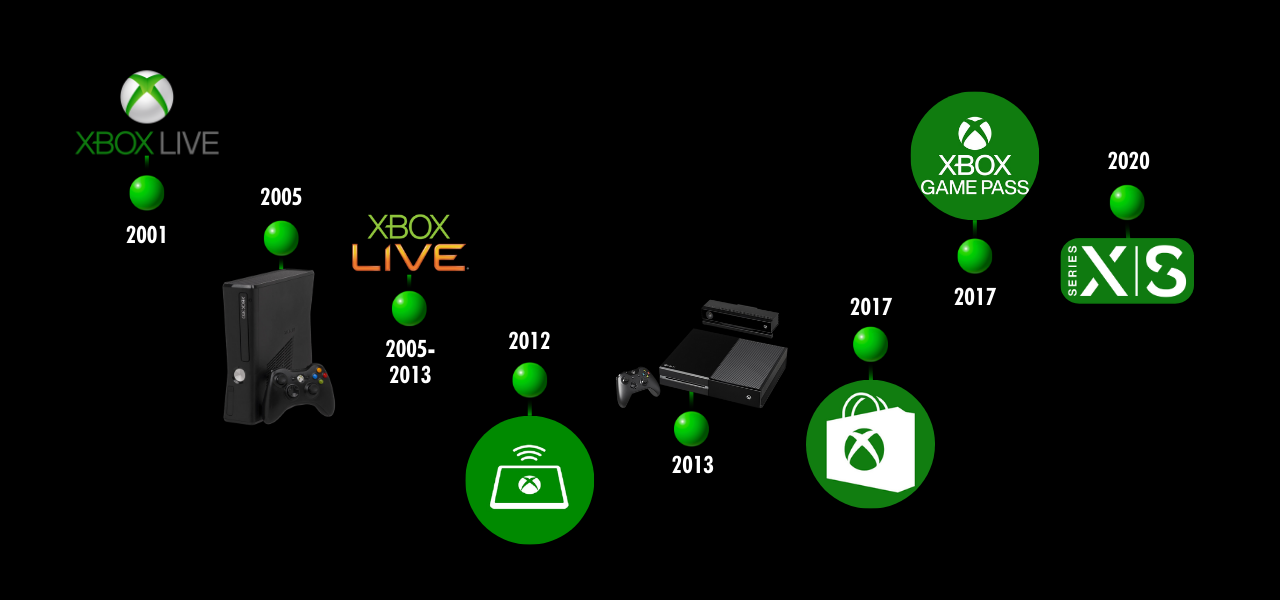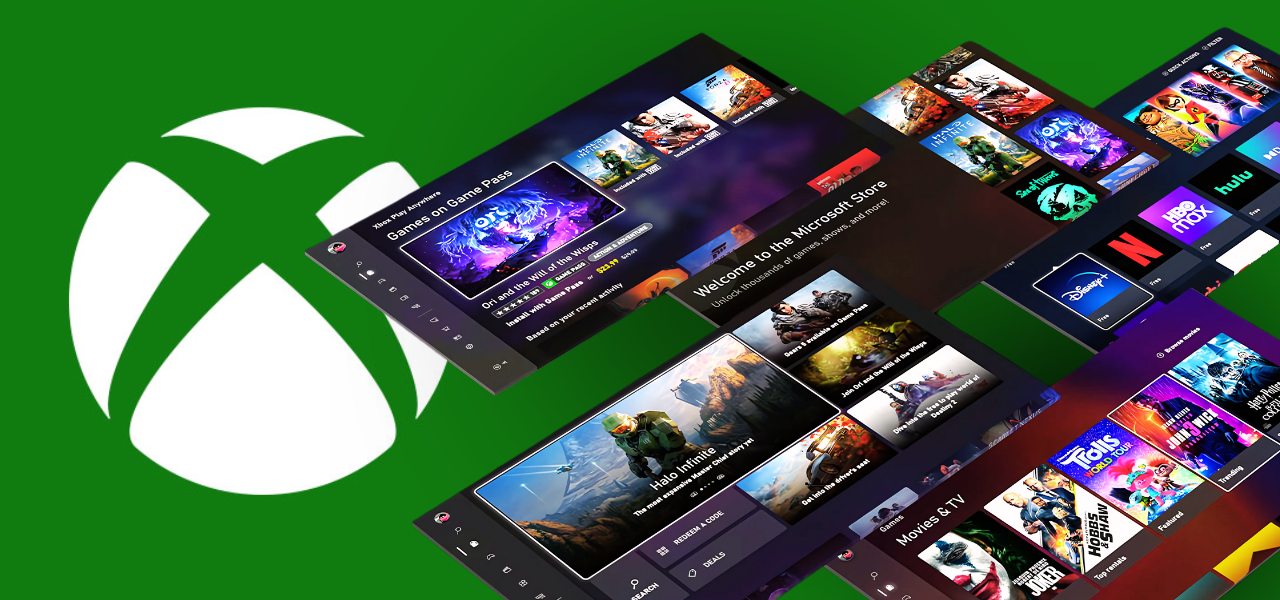Xbox (Microsoft) Store: An Accessible Gaming Platform for Visually Impaired Players
In the gaming industry, where visual aspects of games take center stage, creating an accessible and inclusive environment for visually impaired players is a challenge that requires specific solutions. However, with the advent of the Xbox Store, a digital gaming platform focused on PC, this challenge is beginning to see new solutions and opportunities. In this article, we will explore how the Xbox Store is not only a powerful tool for entertainment but also a gaming platform with a high level of accessibility and inclusivity for visually impaired players.
The Evolution of Xbox (Microsoft) Store

The history and development of the Xbox Store is an exciting journey that began with the release of the first Xbox console in 2001 and has led to the creation of one of the largest digital platforms for games. Let’s look at the key moments in this development:
- 2001: With the release of the original Xbox, Microsoft introduced Xbox Live, an online gaming service.
- 2005: The company launched the Xbox 360 and introduced the updated Xbox Live Marketplace, offering downloadable content such as games, add-ons, and other multimedia applications.
- 2005–2013: Xbox Live Marketplace underwent significant development, including interface and functionality improvements.
- 2012: Microsoft announced Xbox SmartGlass, an app for smartphones and tablets that expanded the capabilities of Xbox 360 and Xbox One.
- 2013: With the release of the Xbox One, Microsoft began actively promoting digital content distribution through the Xbox Store. The Xbox Store became the primary source for purchasing and downloading games, add-ons, as well as applications and multimedia content.
- 2017: Microsoft merged the Xbox Store with the Windows Store to provide a unified place for purchasing games and apps across all Windows devices. The Xbox Store gradually became more user-friendly and functional, thanks to constant updates and improvements in user experience.
- 2017: Microsoft launched Xbox Game Pass, a subscription service that provides access to a library of games for a fixed monthly fee. Xbox Game Pass became part of the Xbox ecosystem, and the Xbox Store became the main place for downloading and launching games included in this subscription.
- 2020: With the release of Xbox Series X|S, Microsoft introduced an updated Xbox Store featuring faster load times, improved search, and a more convenient interface. The Xbox Store continues to evolve, integrating new features such as cloud gaming services and enhanced social interaction capabilities.
In summary, the Xbox Store has come a long way since its inception with the original Xbox console, becoming one of the key digital platforms for games, offering a wide range of content and services for players around the world.
Settings and Accessibility Options
The settings in the Xbox Store include a standard range of categories similar to most other online gaming platforms. Users can edit account information, adjust general settings, manage notifications, installation parameters, extensions, and sound to create an optimal visual and user experience. However, beyond the standard settings, there is a less commonly found group—Accessibility Options.
Accessibility options in the Xbox Store allow users to customize various features and enhancements such as themes, video previews, background images, animations, and the display of accessibility features when hovering over a game card. This category also includes additional accessibility settings:
- “Game Bar” Link: This link opens a pop-up window where you can enable speech-to-text and text-to-speech conversion features, as well as a narrator that can read aloud some of the words displayed on the screen.
- “Windows” Link: This link opens the Windows system accessibility settings. Given that the Xbox Store is part of the Microsoft Store and integrated into the Windows OS, these system settings also apply to the Xbox Store.
These Xbox Store settings allow users to adjust accessibility in games that support these features.
Overall Impressions and Personal Experiences of Blind Players

Our overall impressions, based on personal experiences with the Xbox Store, highlight the significant importance and effectiveness of the platform’s high level of accessibility. For blind users, accessing online gaming industry platforms can often be a challenging task due to the neglect of accessibility standards. However, a pleasant experience with the Xbox Store indicates that Microsoft adheres to these principles and standards.
One of the key aspects of successfully adapting the Xbox Store interface for blind users is the effective use of accessibility tree structures. Text descriptions and labels are provided in accordance with accessibility requirements. Brief but informative content descriptions, proper use of ALT text for images, and clear identification of interface elements ensure the best navigation and understanding of the content.
Challenges and Limitations for Screen Reader Users
Another important aspect is the ease of use of the controller (gamepad) and the presence of accessibility options in the settings. The flexibility to customize the interface through accessibility settings allows users to fully control the navigation and content selection process, regardless of their level of vision.
To provide an objective perspective, we must also mention some problematic aspects that raise concerns. First, by default, all transitions between elements are made using the “Tab” key instead of arrow keys, which is more common for most screen reader users.
Second, text information, such as game descriptions, PC technical requirements, or settings descriptions, is not spoken aloud when navigating with “Tab.” To access this information, virtual or touch cursors must be used when working with JAWS, or object navigation keys in the case of using the NVDA screen reader.
Third, some windows, such as settings, are pop-ups that can cause looping issues where users can’t return to the list of settings categories or find the “Close” button. In these cases, closing the window with “Alt + F4” and starting over may be necessary.
Additionally, there is no separate “Accessibility” category for quick navigation through games. While 99% of other online gaming stores also lack this category, information about accessibility features is available in the game’s description, which is less convenient than having a separate category.
The Importance of Continuous Improvement
Continuous improvement in the accessibility of gaming platforms for blind users requires constant attention to their needs and feedback. Regular updates that incorporate feedback from visually impaired audiences help create a more inclusive and friendly gaming community.
Thus, our overall impression and personal experience of using the Xbox Store underscore not only the importance of a high level of accessibility in the interface but also its positive impact on user perception and satisfaction. Adhering to accessibility principles and standards not only broadens the audience for gaming platforms but also creates more equitable conditions for all players.
Conclusion: Toward a More Inclusive Gaming Future
In conclusion, it is essential to emphasize the importance of promoting inclusion in the gaming industry. In recent years, technological advancements have led to the creation of gaming platforms that actively consider the needs of players with various limitations. Xbox on PC has become a notable example of this approach, offering specialized settings and options for visually impaired users. This not only makes gaming content accessible to a wider audience but also fosters a more inclusive gaming community.
Despite significant achievements, much work remains. It is crucial to continue research in game accessibility, improve existing tools, and develop new technologies to provide a complete gaming experience for everyone. Inclusion is not only a moral obligation but also a strategically important direction for the industry’s growth, contributing to a broader audience and the creation of more diverse and quality gaming worlds.
